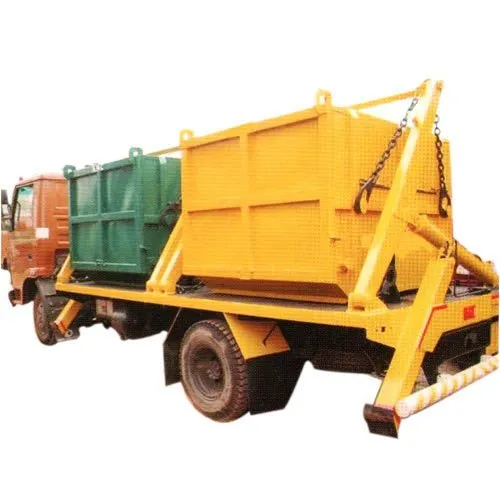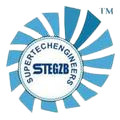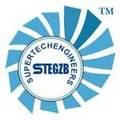Dumper Placer Manufacturer
As a reputable Dumper Placer Manufacturer, Supertech Engineers takes pride in providing dependable, high-quality equipment that is tailored to the demands of the mining and construction sectors. Our dumper placers are made with cutting-edge technology, guaranteeing their longevity, effectiveness, and user-friendliness. Our machines are designed to function in the most demanding environments, whether they are handling large materials or making sure everything runs smoothly. Customers depend on us for accuracy, output, and a dedication to offering solutions that ensure the smooth operation of their projects.

What is a Dumper Placer?
A Dumper Placer is an essential piece of equipment used in the construction, mining, and material handling industries. It is primarily designed to unload bulk materials such as sand, gravel, and construction debris from dumper trucks, making the unloading process faster, safer, and more efficient. The device is capable of lifting and tipping the dumper to the desired angle, allowing the materials to be precisely placed in specific locations on the construction site.
Dumper Placers are engineered to perform under extreme conditions, ensuring that they can handle high loads and tough environments. They play a crucial role in minimizing manual labor, reducing unloading time, and increasing overall productivity on construction sites.
Features of Supertech Engineers Dumper Placers
1. High Lifting Capacity: Supertech Dumper Placers are designed with powerful hydraulics to handle heavy loads and efficiently unload bulk materials, ensuring high productivity.
2. Durability: Built with high-quality steel and reinforced materials, these machines can endure harsh conditions and continuous use, offering long-lasting performance.
3. Advanced Safety Features: Equipped with automatic locking systems, emergency stop buttons, and anti-slip surfaces, Supertech Dumper Placers ensure operator and site safety.
4. User-Friendly Controls: Easy-to-operate control panels with intuitive interfaces help operators perform tasks quickly, reducing training time and improving efficiency.
5. Fuel Efficiency: Engineered to optimize fuel consumption, these Dumper Placers are cost-effective and environmentally friendly, reducing operational expenses.
6. Easy Maintenance: The design allows for easy access to key components, simplifying maintenance and reducing downtime.
7. Customizable Options: Supertech offers tailored Dumper Placers with specific lifting capacities, dimensions, and features to meet unique project requirements.
8. Precision Handling: Advanced hydraulics and tilt mechanisms ensure precise unloading and material placement, minimizing wastage.
9. Enhanced Mobility: Designed for smooth movement over rough surfaces, these machines can be easily repositioned across various work sites.
10. Long-Term Value: With durable construction, low maintenance, and fuel efficiency, Supertech Dumper Placers provide excellent ROI and long-term value.
Industries that Benefit from Dumper Placers
1. Construction: – Dumper Placers streamline material unloading, enhancing productivity on large construction projects by quickly and accurately placing materials like sand, gravel, and concrete.
2. Mining: – In the mining industry, Dumper Placers handle the unloading of bulk materials like coal, ores, and rocks, improving operational efficiency and reducing manual labor.
3. Agriculture: – Used to unload bulk materials such as fertilizers, seeds, and soil, Dumper Placers help in the efficient handling of agricultural inputs.
4. Waste Management: – Dumper Placers are crucial in the waste management sector for unloading and precisely placing waste materials, improving site organization and reducing downtime.
Supertech Engineers’ Dumper Placers are designed to offer a combination of strength, safety, efficiency, and cost-effectiveness. Their advanced features, including high lifting capacity, durability, safety features, user-friendly controls, and customizable options, make them the preferred choice for businesses in construction, mining, agriculture, and waste management.
By investing in Supertech Engineers’ Dumper Placers, you ensure that your operations are more efficient, safer, and more productive. With their long-lasting performance and low operational costs, these machines provide exceptional value for any industry that requires bulk material handling.


